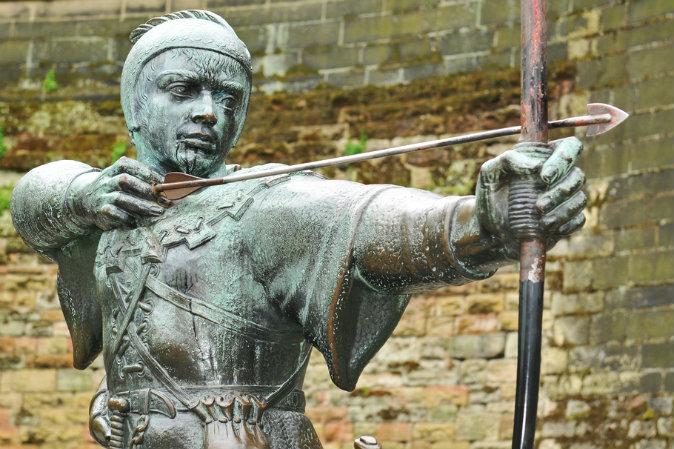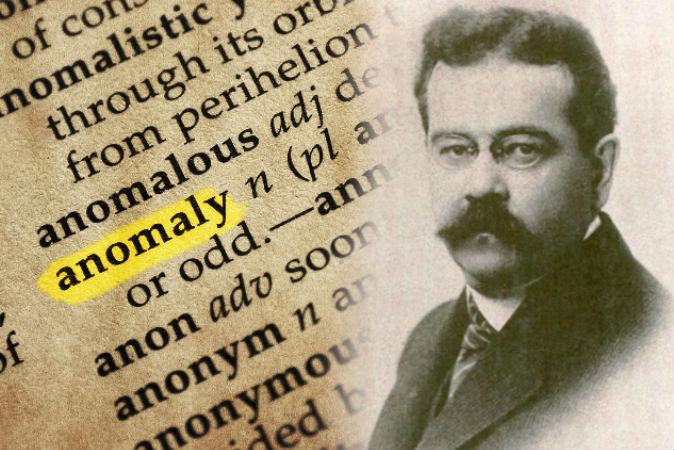Robin Hood is perhaps one of the most iconic English heroes. His ethos of “robbing from the rich and giving to the poor” has endeared him to many, as he is seen as a figure who fought for the downtrodden. Nevertheless, it is unclear whether Robin Hood did actually exist, or whether he was just a fictional character.
If he did exist, then who was he? Various versions of Robin Hood have added to the ambiguity surrounding this famed character. The earliest records of this character are found in traditional ballads, i.e. narratives set to music. These ballads may not be taken as historical evidence for the existence of Robin Hood, and were probably not written at the time when Robin Hood was first alluded to. The stories of Robin Hood can thus be said to have been initially transmitted orally and could have been told by the “common folk.”




